Siamese cats have beautiful coats, stunning blue eyes, and the sweetest personalities! You might wonder: what are some common complaints about Siamese cats? Surely, they aren’t perfect all around!
Common complaints about Siamese cats include that they’re clingy and vocal. Some Siamese cats wool suck, which is when they chew, suck on, or even eat fabric materials. They’re also prone to a few genetic health problems.
In this article, we’ll discuss six common complaints about Siamese cats and whether they might be the right breed for you.
#1: Siamese Cats are Clingy
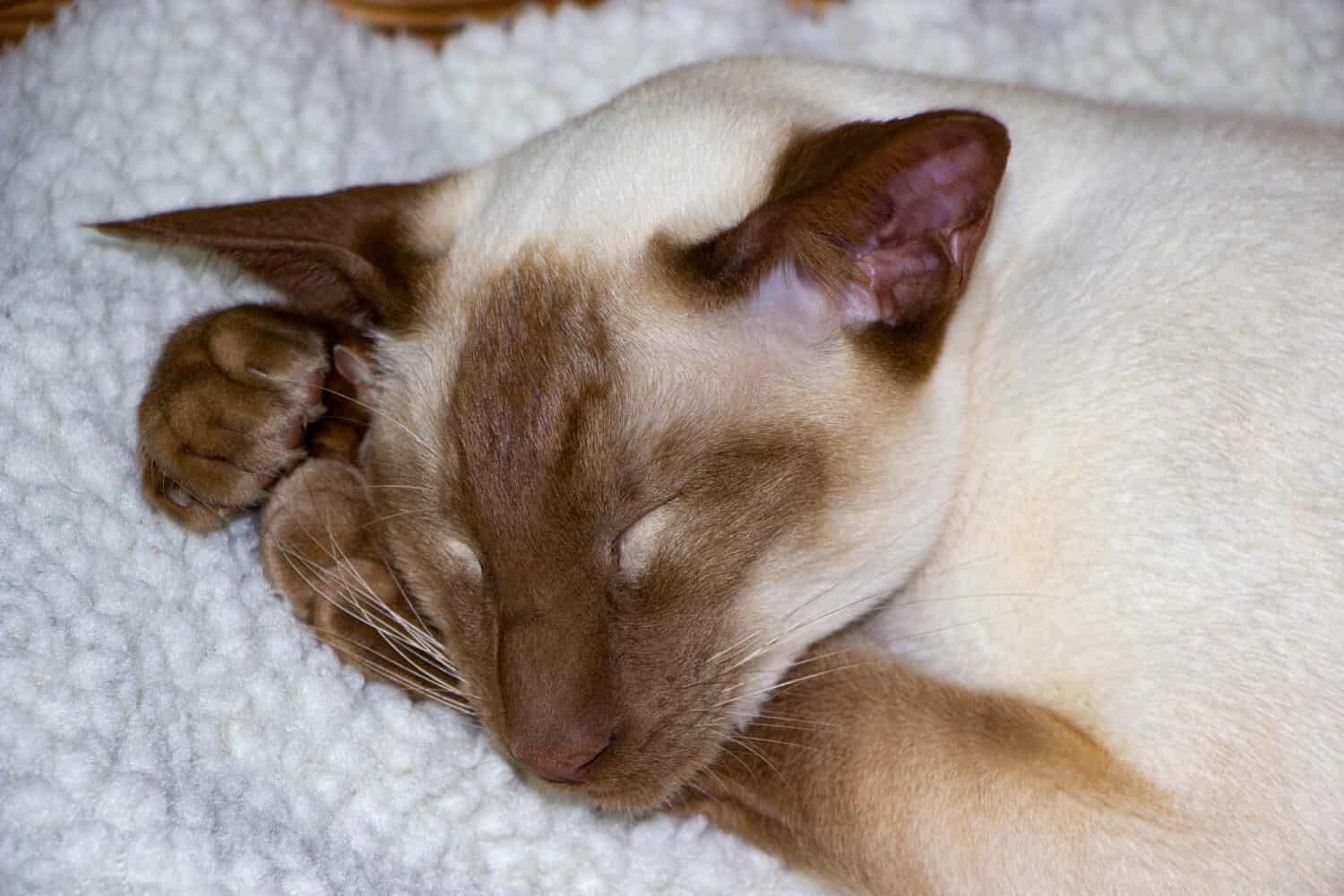
Adopting a Siamese cat means never being alone!
©Colleen Ashley/Shutterstock.com
Siamese cats are known for being incredibly social. This has its pros and cons! You might love the snuggles and even your kitty following you around the house, but it can be difficult if you want some alone time.
#2: Siamese Cats are Prone to Separation and Isolation Anxiety
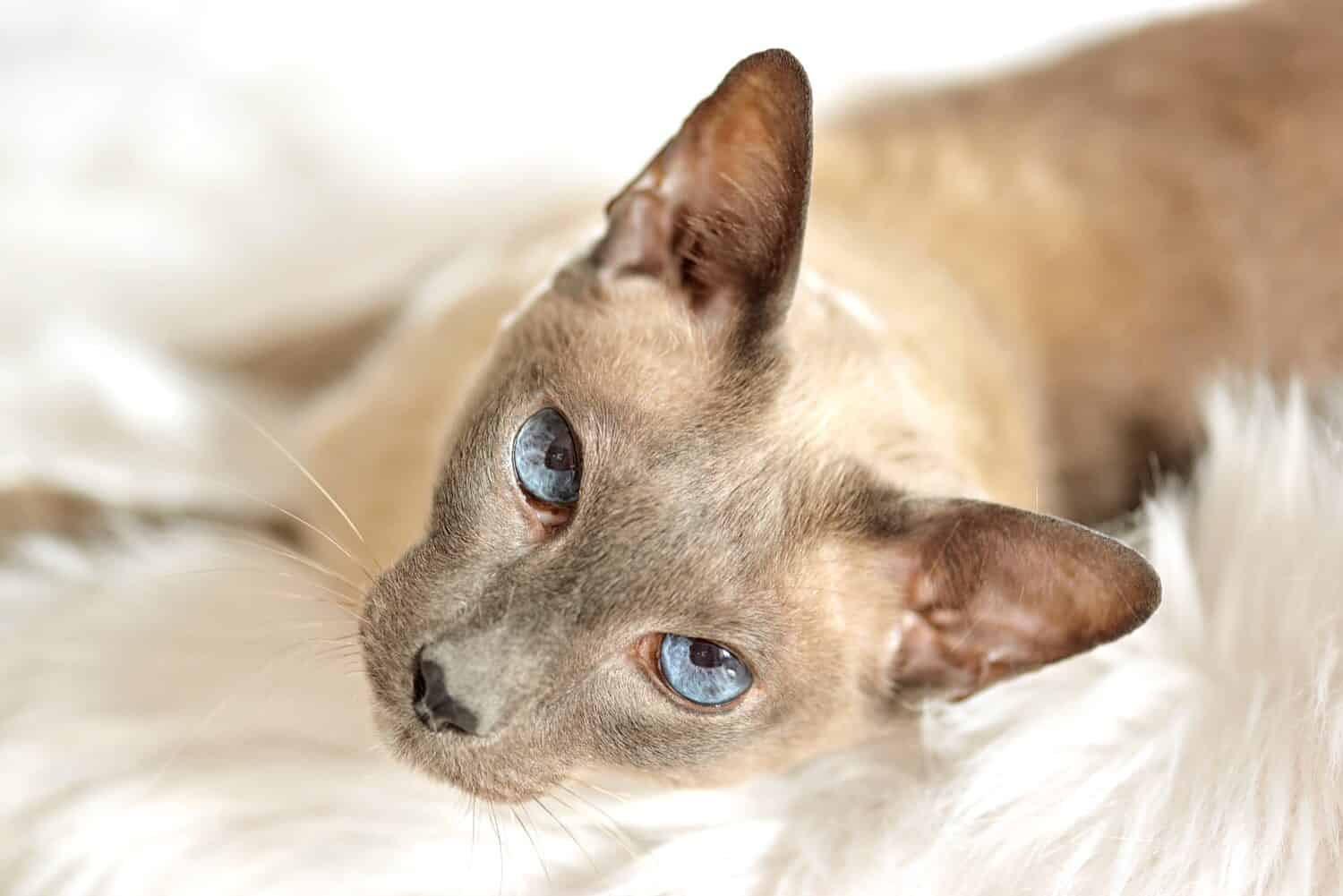
They don’t like being alone.
©Chudo2307/Shutterstock.com
Their clinginess also makes them more prone to separation anxiety and isolation anxiety. Separation anxiety is when a cat chooses a favorite person and is distressed when that person isn’t around. Isolation anxiety is similar but only occurs when the cat is completely alone.
Some cats with these anxieties cannot be left for so much as a few seconds before they get upset. These conditions are incredibly difficult for the cats who have them, and also difficult for most families to treat since desensitization starts with someone being home 24/7.
#3: Kittens Must be Adopted in Pairs
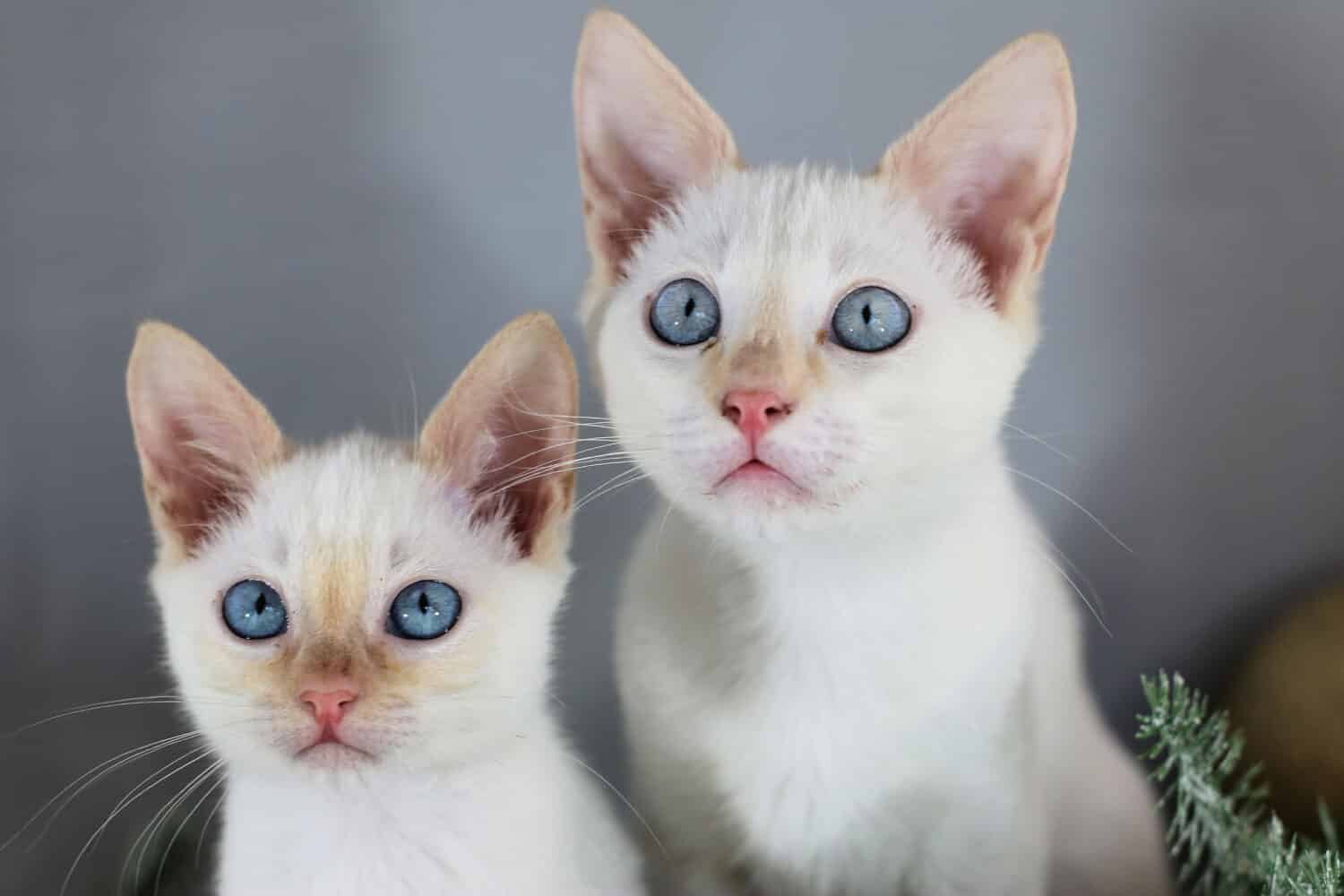
Never adopt a single Siamese kitten.
©Kelley Varisco/Shutterstock.com
Kittens of any cat breed should be adopted in pairs unless there is already a cat in the home of a similar age. Adopting a kitten when you have an older cat can work, but is often a bad idea. The kitten will try to get their energy out by picking on the older cat, and the older cat may not have the patience or energy to deal with raising a kitten for you!
On the other hand, having two kittens is a breeze compared to one. They teach each other manners and bite inhibition, they play together, and they meet each other’s social needs.
Kittens raised in single-cat households or with older cats who don’t want to be around them tend to play rough, bite hard, and show signs of stress because they don’t have another cat to socialize with. These cats are often abandoned at shelters due to these behavioral problems and are difficult to rehome.
There’s even a name for this set of behavioral problems in cats! It’s called single kitten syndrome.
It’s especially important for Siamese kittens to be raised together as they’re incredibly social and tend to dislike being alone.
#4: They Love to Talk!

Siamese cats may be especially vocal when they’re hungry.
©Yarkovoy/Shutterstock.com
If you have a quiet home and want to keep it that way, you might want to adopt a quiet cat from a shelter or rescue. Siamese cats tend to be incredibly vocal!
They love to “talk” to their people, from chirping hello to chatting extensively in a language we can’t understand. Your Siamese will love you even more if you talk back to them despite this language barrier!
#5: They May Exhibit a Behavior Called “Wool Sucking”
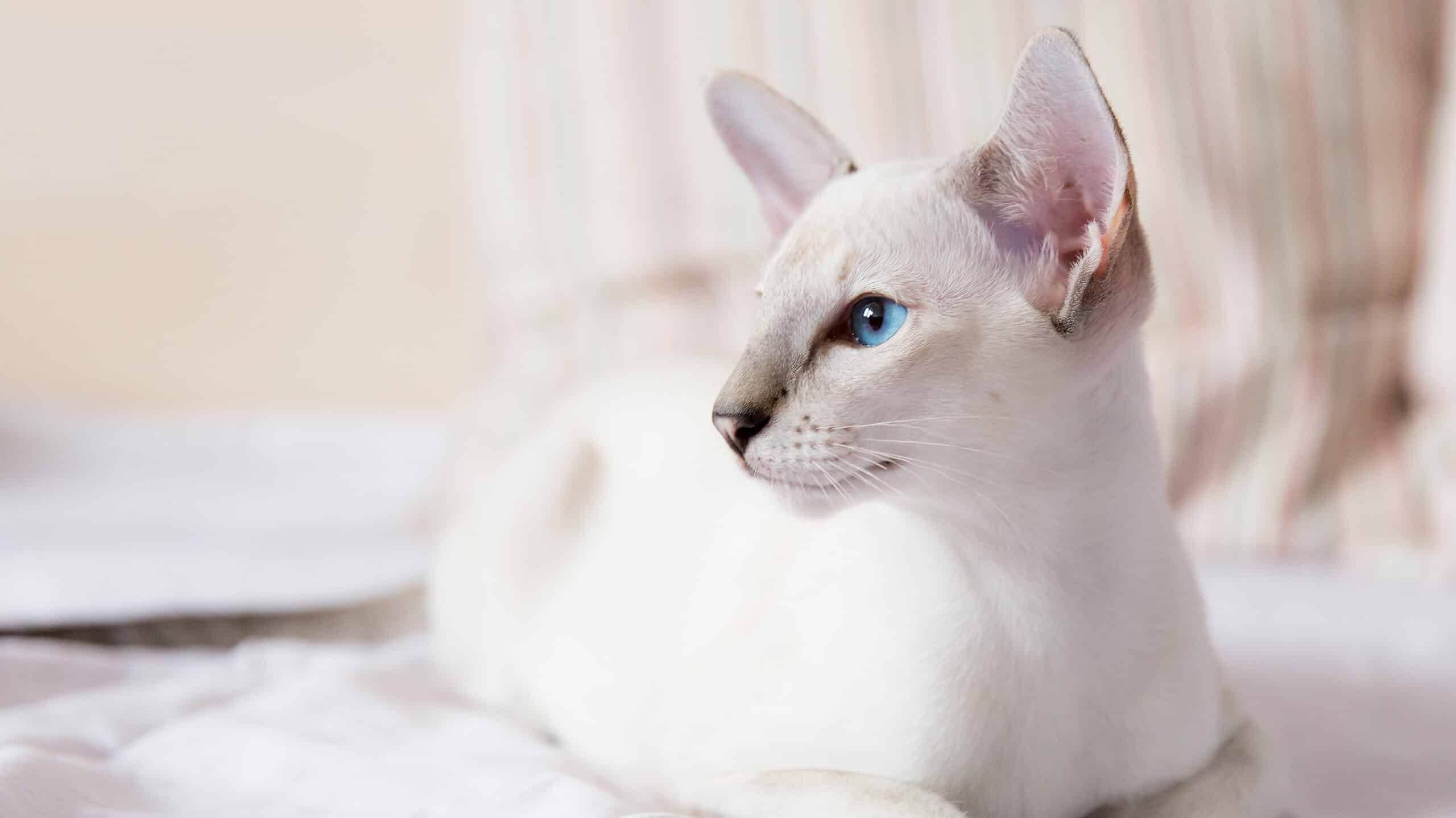
Some Siamese cats chew or suck on soft items like your bedding.
©tovsla/Shutterstock.com
Wool sucking is most commonly seen in Siamese and Birman cats and is when a cat chews, sucks on, or eats blankets, clothing, or similar non-food items. The chewing and suckling isn’t a problem in itself, but cats who eat non-food items can suffer from intestinal blockages.
In Siamese cats, wool sucking is also accompanied by another health problem. Remember to bring your Siamese in for a full check-up yearly, including bloodwork. Talk to your vet about your cat’s wool sucking during the exam to see if they recommend any further testing or treatments.
Wool sucking is also associated with what the Journal of Veterinary Behavior calls an “abnormally intense appetite.”
Siamese cats are also more prone to other compulsive behaviors such as excessive grooming, or psychogenic alopecia.
#6: They’re Prone to Health Problems
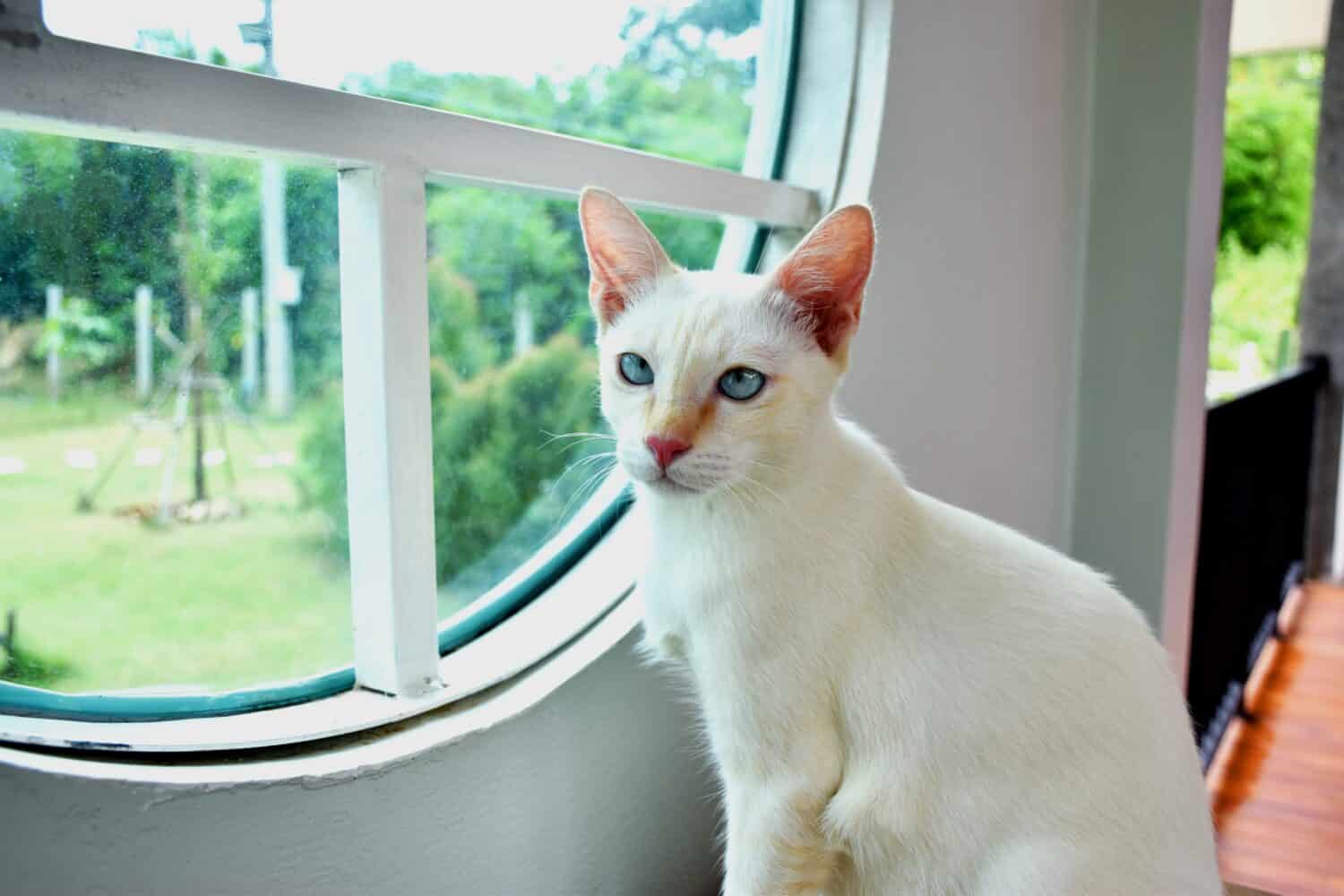
Keeping your Siamese cat indoors lowers their risk of disease.
©Bo9/Shutterstock.com
Siamese cats are prone to a variety of health problems. Most notable are their eyes, which are often cross-eyed. Other common health problems in Siamese cats include:
- Eye conditions
- Dental disease
- Amyloidosis
- Asthma
Reputable breeders will screen for genetic health conditions and will never breed unhealthy cats. This greatly reduces your Siamese kitten’s chance of developing health problems and allows them to live that full, long lifespan Siamese cats are known for.
The photo featured at the top of this post is © Kelley Varisco/Shutterstock.com
Thank you for reading! Have some feedback for us? Contact the AZ Animals editorial team.






